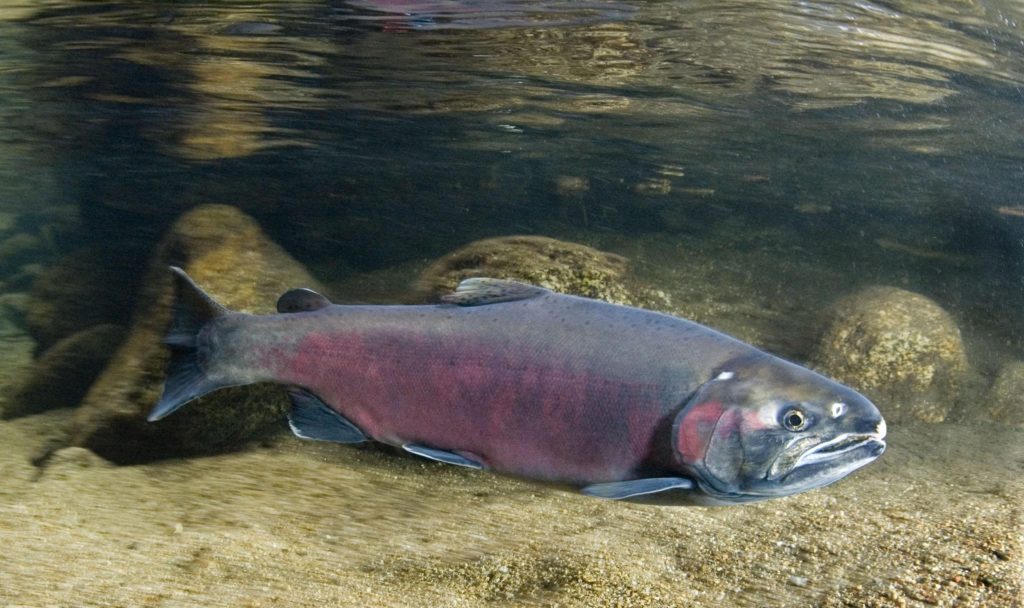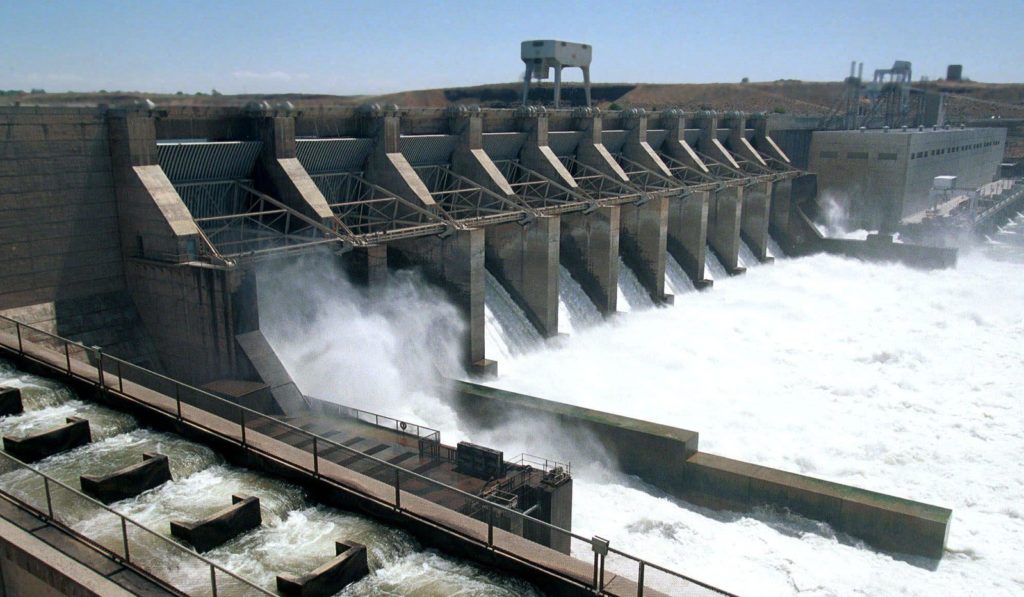Among the most well-known and beloved marine mammals in the United States are the West Coast’s Southern Resident orcas. One of the greatest threats these orcas are facing is starvation, and while heroic efforts are being considered to save this fragile population, there are also some misguided and problematic methods underway.
With only 75 individuals left, the Southern Resident orcas are in trouble. The world watched as a mother, Tahlequah, carried her dead calf for 17 days on a ‘tour of grief’ last summer. Unfortunately, populations of Chinook salmon, orcas’ primary food source, have dwindled to dangerously low numbers. Instead of encouraging humans to eat fewer or eliminating Chinook salmon from their diets, some are calling for the killing of pinnipeds, the class of marine mammals that includes seals and walruses, since they eat these fish as well. This is a repugnant plan when you consider that humans have endless other choices, while seals do not.

Chinook salmon are listed as endangered in some habitats and threatened in others. Image credit National Fish Habitat Partnership, CC BY-SA 3.0.
The U.S. House and Senate have already passed a bill to allow state and tribal wildlife “managers” to kill hundreds of seals and sea lions along the Columbia River. However, killing animals under the guise of “conservation” is rarely, if ever, effective, and to present it as a viable plan to help the Southern Resident population is entirely nonsensical.
Ultimately, the decline of Chinook salmon can be traced back to dams in the Pacific Northwest. Along the Snake River, juvenile fish are forced to travel past as many as eight federal dams before reaching the Pacific Ocean. With so many obstacles, it’s no wonder why many salmon species are listed as endangered.

Ice Harbor Dam, one of the four lower Snake River dams. These dams disrupt salmon movement and life cycles and should be breached to protect salmon and the many other species that depend on them for food. Image credit Kristyn Ostanek, CC BY-SA 3.0.
By far the most effective, and necessary, orca recovery plan is to breach the four Lower Snake River dams. Economist Tony Jones remarks that leaving the four Lower Snake River dams intact is a moral and economic disaster. Under the Endangered Species Act, the U.S. government should be protecting the endangered species of the Pacific Northwest. However, despite losing money, the Lower Snake River dams are receiving a certain level of federal protection while the plights of animals are cast aside.
Considering how quickly the U.S. government implemented the ludicrous plan of killing sentient beings in the name of “conservation,” it should be just as quick to deconstruct the financially and environmentally harmful Lower Snake River dams.
Featured image: a Southern Resident orca. Image credit Stefan Jacobs, via In Defense of Animals.





